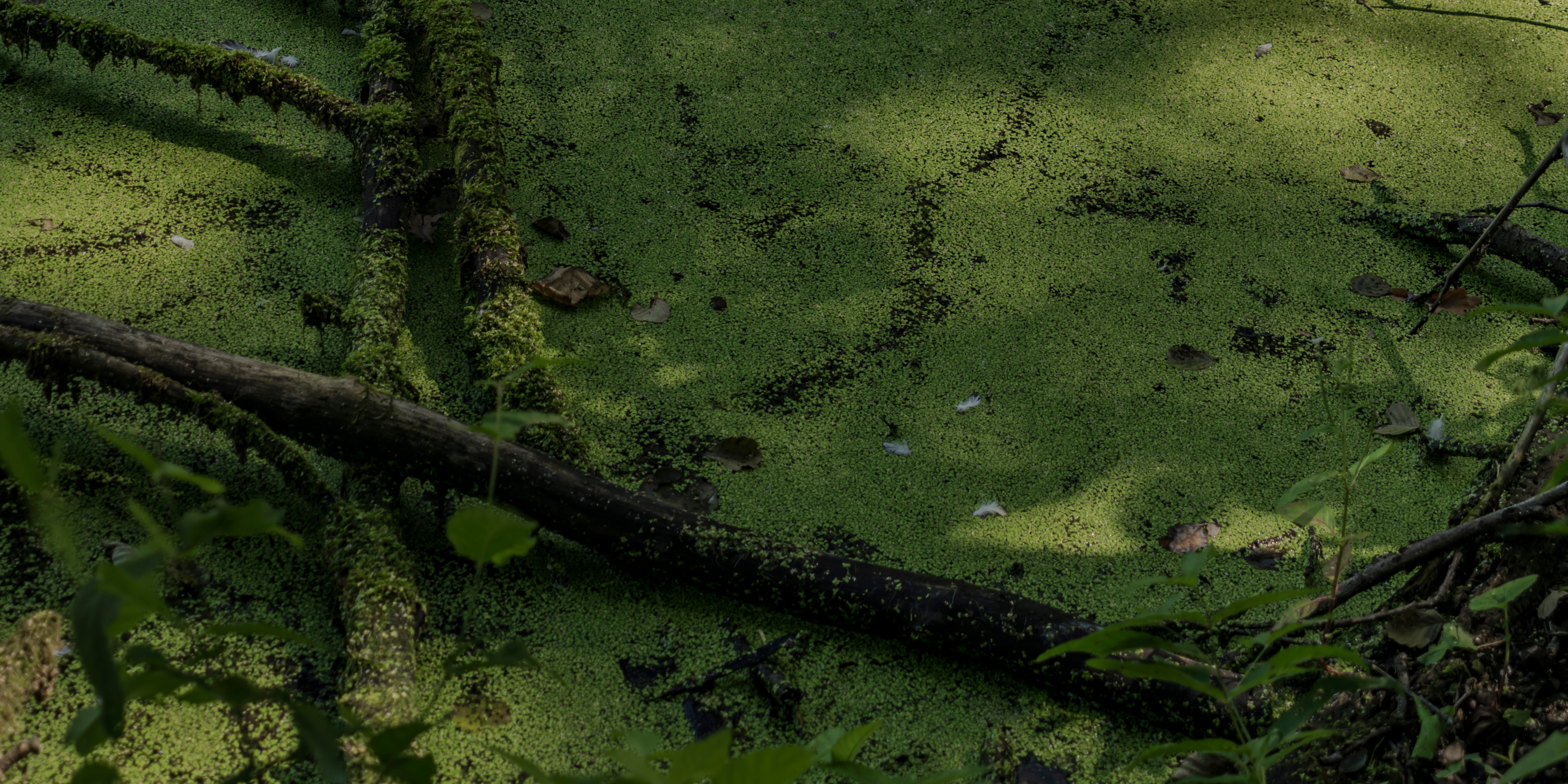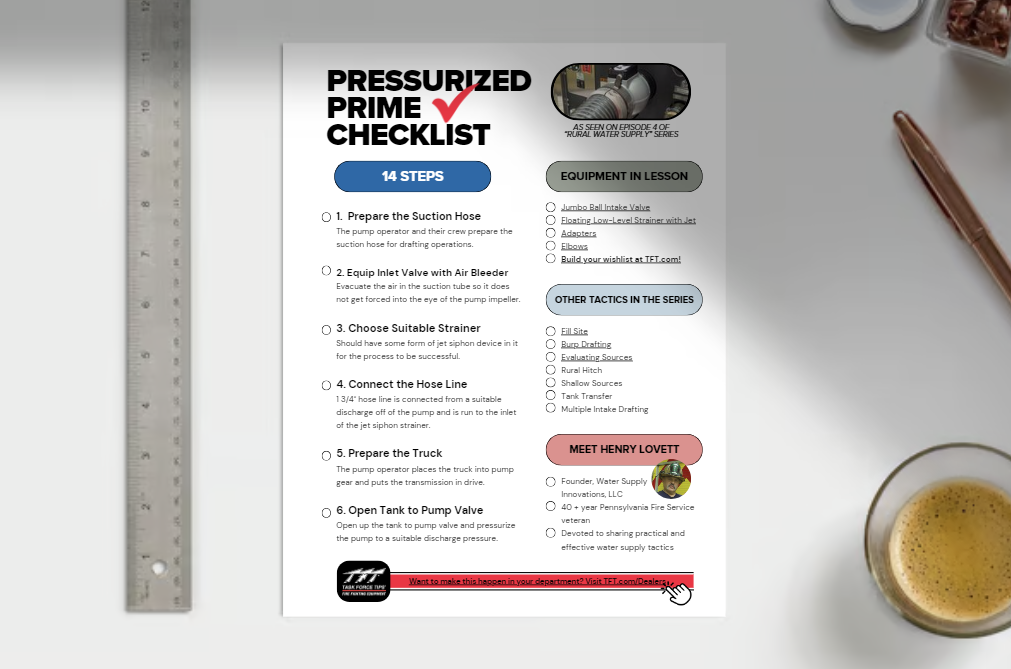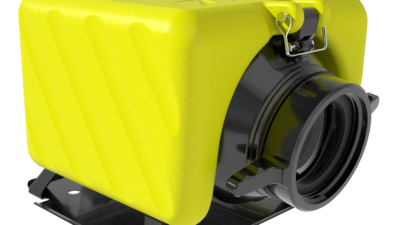How to Execute Pressurized Prime
How to Execute Pressurized Prime
How to Execute Pressurized Prime
“Our primer fried. Had no backup in the area. One of our guys pulled up your checklist and we made it happen.”

Rural Water Supply (Episode 4)
DOWNLOAD THE EPISODE GUIDE
- 14 Simple Steps to Execute Pressurized Prime
- Complete list of equipment featured
- Section for notes
- Bio of instructor Henry Lovett




